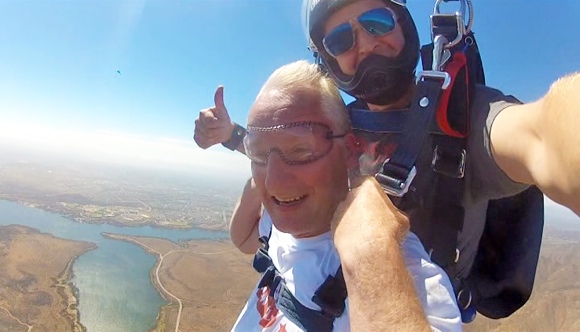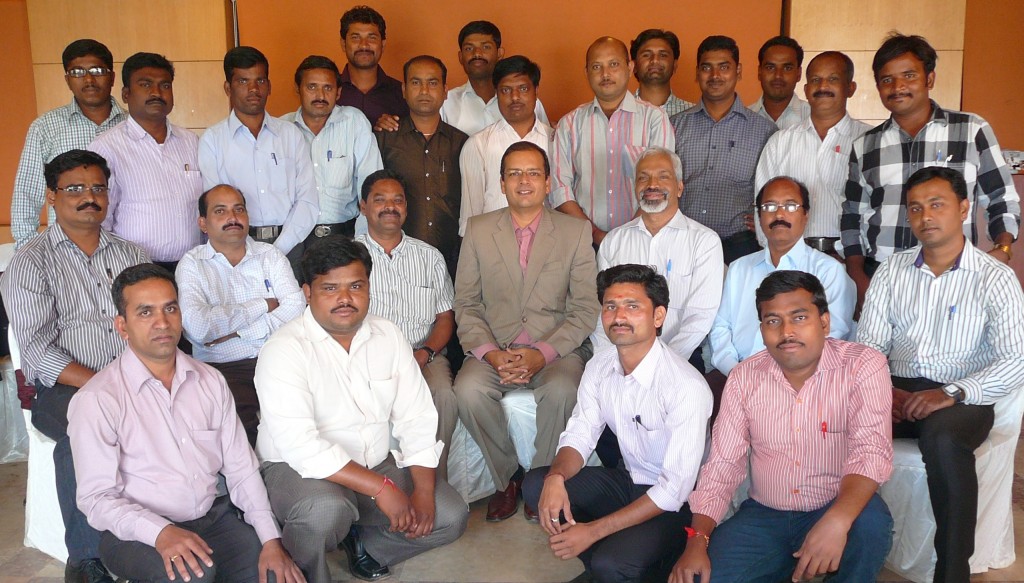Airline overbooking can add up to 3% incremental revenue on an annual basis and hence is a concept taken seriously by most airlines the world over.
Airlines overbook in order to maximize revenues and load factors and ensure that empty seats are avoided (aka spoilage) on high occupancy or sold out flights. Seats may go vacant even after booking for various reasons… Passengers may cancel their bookings, they may be no-shows, they may make duplicate bookings, they may misconnect flights, etc. This process of selling more seats than are available is the ethos of overbooking and by appropriately setting authorization levels higher than capacity to compensate for passenger cancellations and no-shows, airlines increase their bottom lines substantially as the entire amount apart from the meal/amenity costs of the overbooked passenger goes to the bottom-line.
When airline companies overbook a flight, the known factors are the aircraft capacity, current bookings and the company policy on overbooking while the uncertain factors are the no-shows and cancellations, the booking behaviour and activity, the customer reaction to denied boarding and associated costs and the number of unsold seats in a higher cabin.






